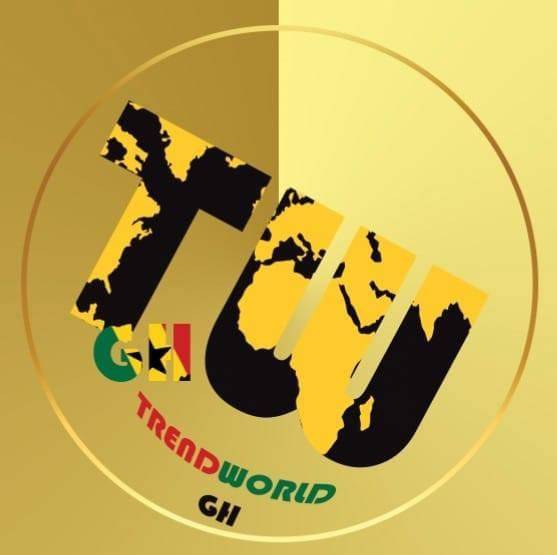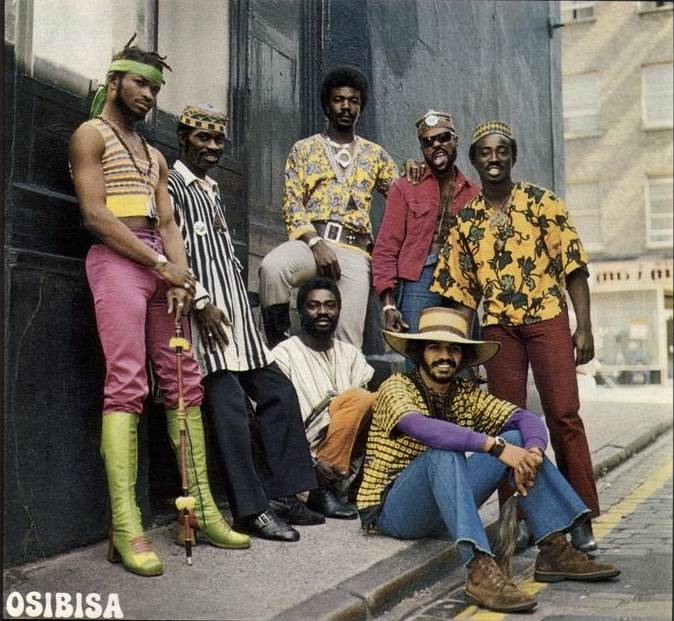Osibisa: Pioneers of African Music and Global Sound
Osibisa is a name that resonates deeply with the history of African music and its fusion with global soundscapes. The band, formed in London in 1969, brought the vibrant energy of African rhythms, traditional melodies, and the rich musical heritage of Ghana to a global audience. Through their innovative approach to music, Osibisa played a significant role in the global popularization of African music, blending elements of jazz, rock, highlife, funk, and Afrobeat to create a sound that transcended cultural boundaries. Their legacy continues to inspire musicians and music lovers around the world.
Formation of Osibisa and Early Years
The story of Osibisa began in London, when a group of African and Caribbean musicians came together to form a band that would represent African musical expression on the world stage. The name “Osibisa†itself is derived from the Akan language of Ghana, meaning “God is responsible.†It was chosen to reflect the band’s philosophy of unity, positivity, and connection to a greater force that would guide their musical journey. The founding members of Osibisa were originally from Ghana, Trinidad, and other parts of Africa and the Caribbean, giving the band an eclectic and multicultural makeup.
The key members who were part of the original lineup included Teddy Osei (saxophone, flute, and vocals), Sol Amarfio (drums), and Mac Tontoh (trumpet and percussion). Over time, the band went through several personnel changes, but its core ethos of blending African rhythms with rock, jazz, and funk remained intact.
Osibisa quickly gained attention in London’s vibrant music scene for their energetic performances and dynamic sound. They blended highlife music (a popular genre in Ghana) with jazz and rock, creating a fusion that was both innovative and uniquely African. This fusion made Osibisa one of the first African bands to make an international impact by blending traditional African music with Western influences, a sound that would later influence genres such as Afrobeat and world music.
Early Success and Breakthrough
In 1971, Osibisa released their self-titled debut album, Osibisa, which garnered immediate attention in the UK and around the world. The album’s success was fueled by the band’s distinct sound, which was a refreshing departure from the conventional rock and jazz bands of the era. Songs like “Music for Gong Gong†and “Hush†became instant hits, showcasing their ability to blend traditional African rhythms with contemporary genres. The album’s cover art, created by the legendary British artist Roger Dean, was also iconic and helped establish the band as a force to be reckoned with.
Osibisa’s breakthrough came when they signed with the influential British record label, Decca Records. They became one of the first African bands to sign with a major label and have their music distributed worldwide. Their sound was fresh, energetic, and rooted in African musical traditions, and it resonated with diverse audiences globally. This success allowed the band to embark on an international tour, performing in countries across Europe, the United States, and Africa.
Their live performances were renowned for their high energy and excitement, and the band’s commitment to blending African culture with modern sounds made them particularly popular among young audiences seeking new and exciting music. The group’s live performances, which often included improvisation, highlighted the dynamism and versatility of the musicians. They were able to create a direct connection with audiences, drawing them into the music and creating an atmosphere of celebration.
Fusion of African Rhythms and Global Sound
One of Osibisa’s most defining characteristics was their ability to fuse traditional African rhythms with Western musical styles such as rock, jazz, funk, and Latin. The band’s music incorporated complex rhythms and time signatures from African drumming traditions, which they blended with the improvisational style of jazz and the energy of rock music. This unique fusion of styles allowed Osibisa to appeal to audiences of all ages and backgrounds, transcending cultural and geographic barriers.
The band’s musical arrangements were often complex, with long instrumental sections that showcased the talents of each member. Teddy Osei, the bandleader and saxophonist, was instrumental in shaping the band’s sound with his distinctive flute and saxophone playing. Sol Amarfio, the drummer, brought a deep knowledge of African rhythms to the group, helping to establish the foundation of their sound. Mac Tontoh’s trumpet and percussion work further solidified the group’s identity, creating a fusion that was unmistakably Osibisa.
The themes in their music also reflected the band’s African heritage. The lyrics often focused on themes of unity, peace, and liberation, celebrating African culture and calling for social change. Their music became a symbol of African pride and independence, and their influence extended to the global stage, where they helped raise awareness about African musical traditions and culture.
Expanding Influence and Global Recognition
Throughout the 1970s and 1980s, Osibisa continued to enjoy success, releasing several albums and gaining a loyal international following. Albums such as Woyaya (1971), Heads (1974), and Welcome Home (1976) helped solidify their reputation as pioneers in the world music genre. These albums featured more sophisticated arrangements and continued the band’s exploration of Afro-fusion sounds.
Osibisa’s ability to maintain their authenticity while embracing global trends made them stand out in the music industry. As they toured the world, they became ambassadors for African music, introducing audiences in Europe, North America, and Asia to the rich and diverse sounds of the African continent. The band’s work was instrumental in the development of world music as a genre, which became increasingly popular in the late 20th century.
The band’s influence can be heard in the music of many contemporary African musicians, as well as artists from different genres who have sought to incorporate African rhythms and sounds into their work. Osibisa’s legacy also extended beyond their own music, as they inspired future generations of musicians to experiment with and embrace African musical traditions while blending them with global sounds.
Challenges and Changes
Despite their early success, Osibisa faced challenges in the later years of their career. The music industry was changing rapidly, and the band went through multiple lineup changes as members pursued different interests and musical directions. However, despite these challenges, the band’s influence remained strong, and they continued to perform and record music for several decades.
Their influence was particularly important in the context of the African diaspora. As one of the first African bands to break into the international music scene, Osibisa played a critical role in shaping how African music was perceived around the world. Their success paved the way for other African musicians and bands to reach global audiences, and their legacy can still be heard in the music of today.
The Legacy of Osibisa
Osibisa’s place in the history of African music is secure. They are considered one of the most important bands to emerge from the African continent and are often credited with helping to bring African music to the global stage. Their fusion of African rhythms with jazz, funk, rock, and other genres laid the foundation for the world music movement, and their work continues to inspire musicians from around the world.
Today, Osibisa is remembered not only for their groundbreaking music but also for their ability to bring people together through the universal language of music. Their songs continue to be celebrated, and their influence on both African and global music remains undeniable. As pioneers of Afro-fusion, Osibisa’s legacy endures as a testament to the power of music to unite, inspire, and transcend boundaries.


